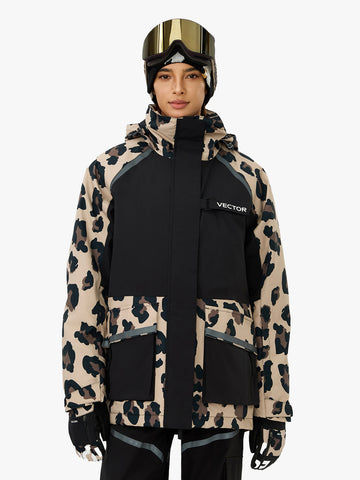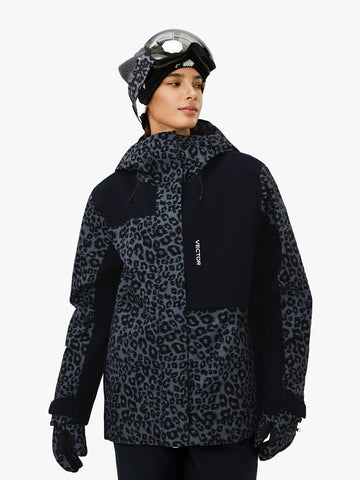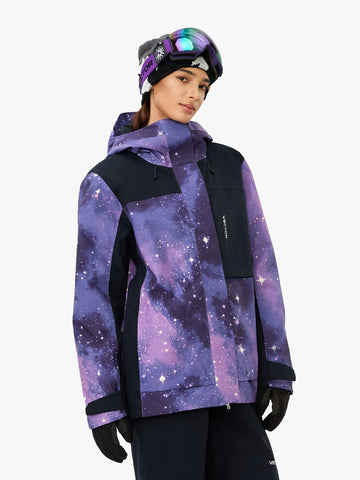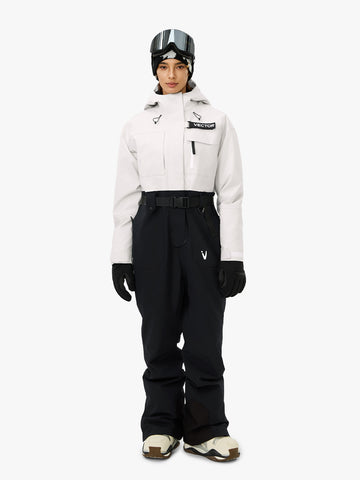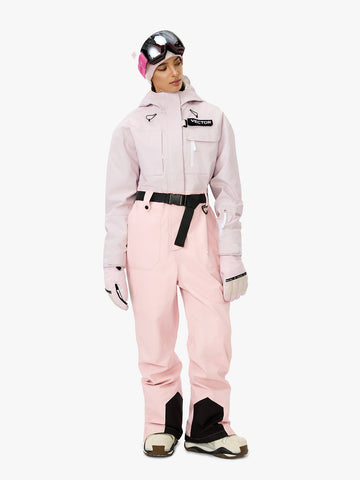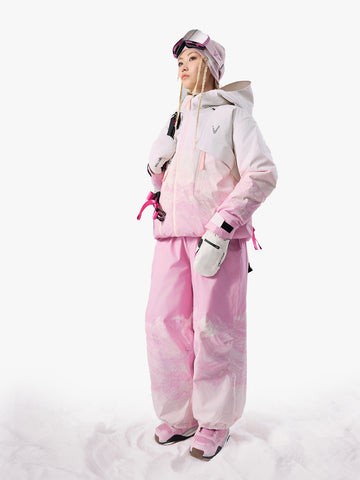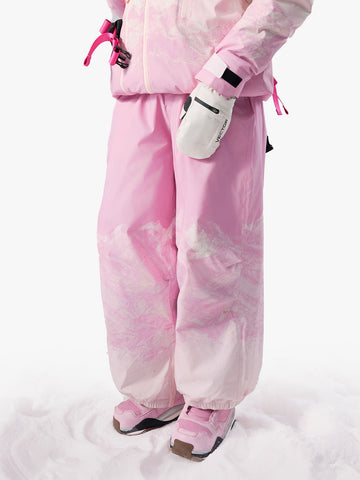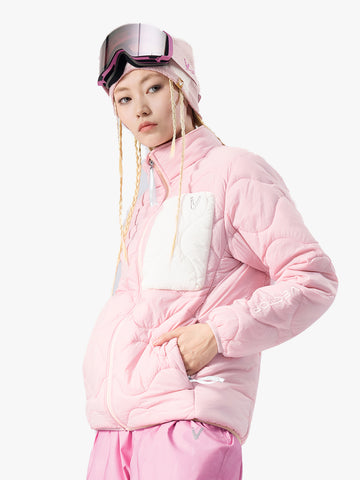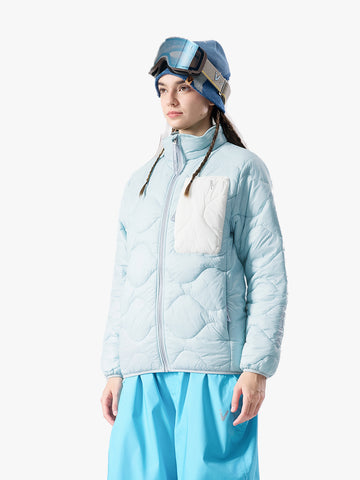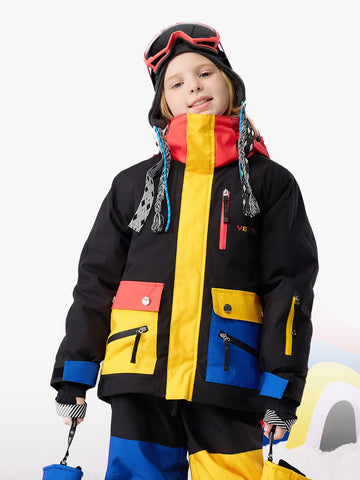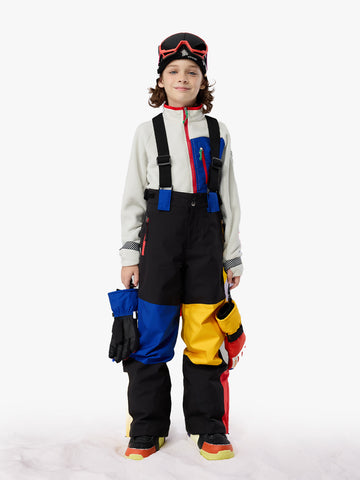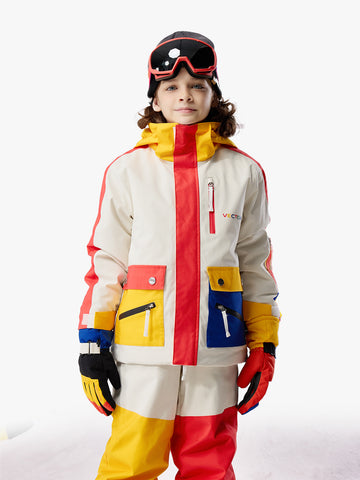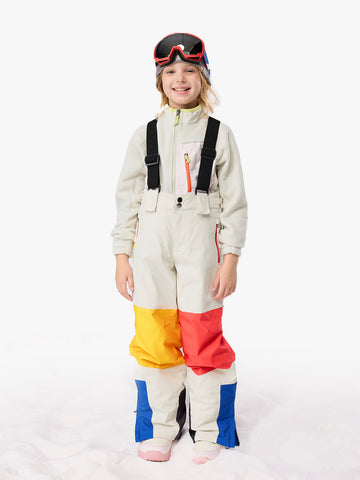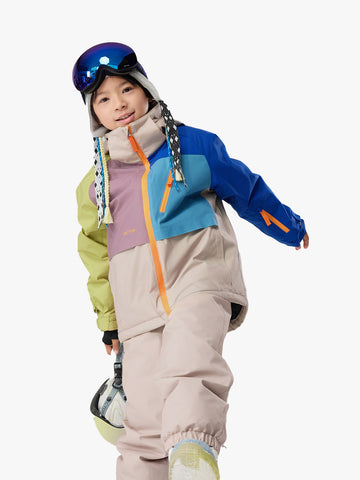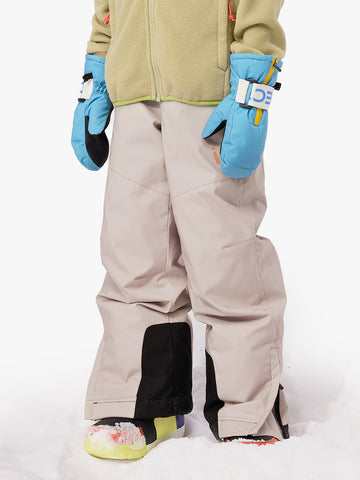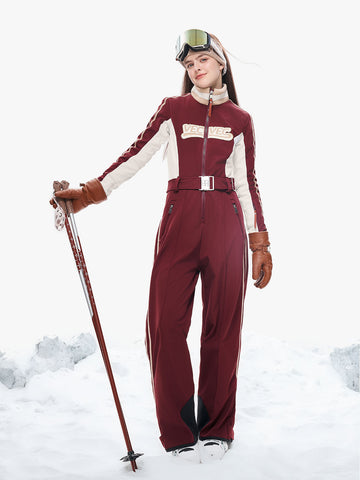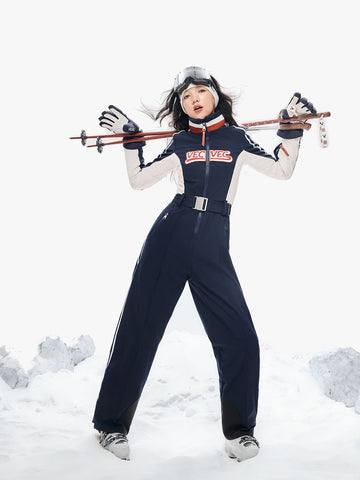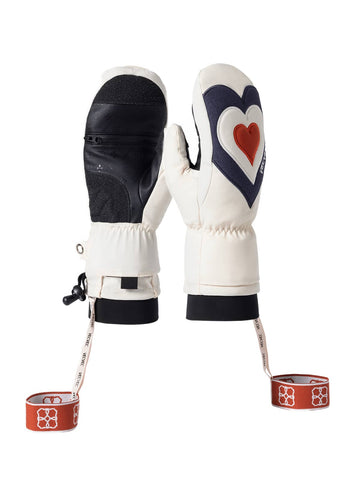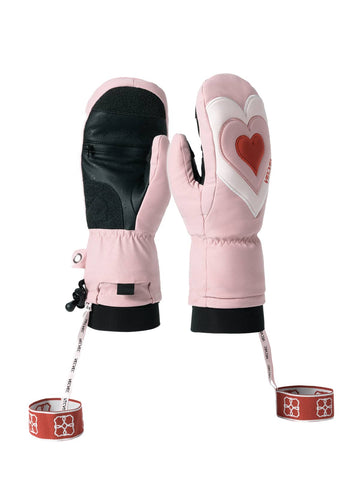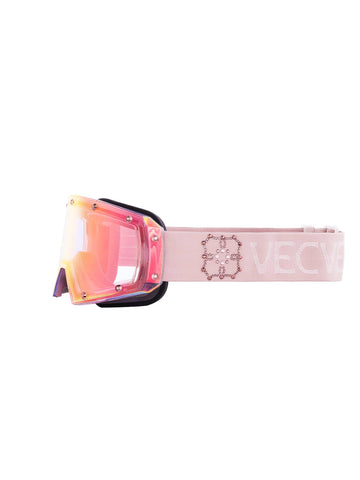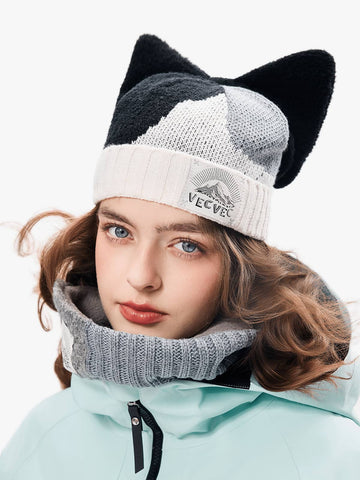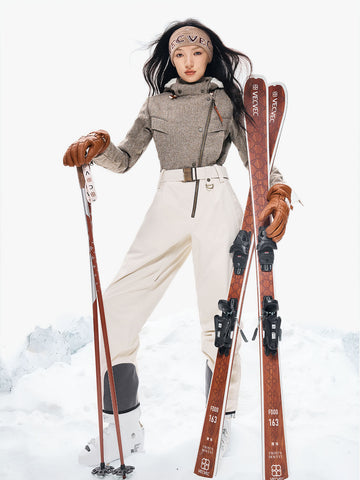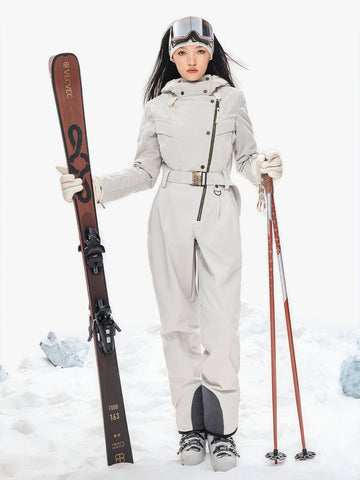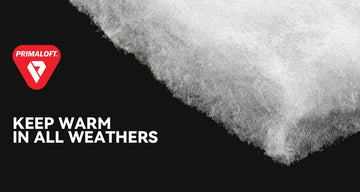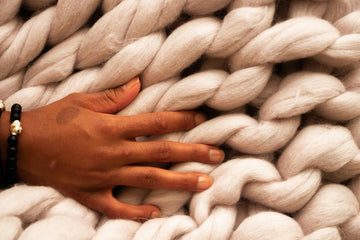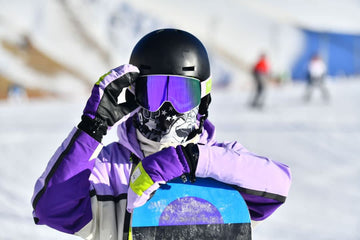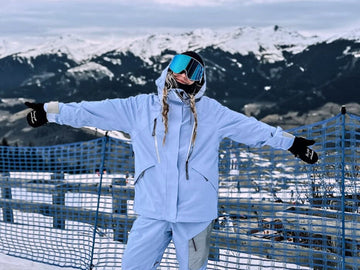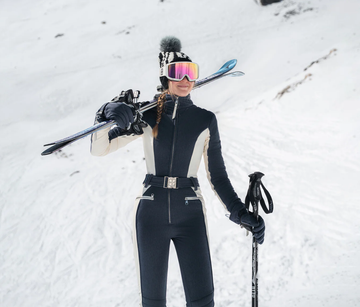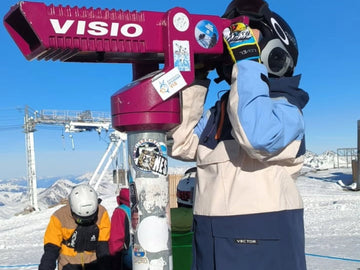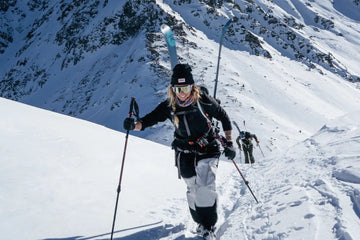If you're gearing up for your very first snow trip, you're in for an unforgettable experience—powdery trails, crisp mountain air, and that first exhilarating run down the slope. But before the thrill begins, packing smart is essential. Whether you're zipping into your first snowboard jacket women trust for performance and style, layering up the kids in a reliable kids ski jacket, or searching for the best ski gloves to fight off frozen fingers, the right gear sets the tone for your trip. This beginner-friendly packing guide is here to help you stay warm, dry, and confident from lift-off to last run.
Contents
Clothing Essentials for the Slopes
Snow Gear You Shouldn’t Forget
What NOT to Pack for Your First Snow Trip
Packing Tips for First-Timers
Clothing Essentials for the Slopes
When it comes to skiing, dressing right is more important than dressing heavy. A common mistake beginners make is wearing too many thick layers, which leads to sweating, getting damp, and feeling restricted. The better approach is to follow the “three-layer system” — a smart layering system that keeps you warm, dry, and flexible on the slopes.
Base Layer: Stay Dry and Comfortable
The base layer sits closest to your skin and helps manage sweat while keeping you warm. For skiing, skip cotton and choose merino wool or moisture-wicking synthetics — they dry faster and regulate body temperature. A snug fit is key, like a second skin, to help retain heat. Ideal base layers come in lightweight or midweight options, depending on how cold it gets.
Mid Layer: Lightweight Warmth That Breathes
Your mid layer provides insulation by trapping body heat without blocking breathability. Fleece, down, or synthetic puffers are common choices. Fleece works well for most conditions, while synthetic insulation is great for wetter weather. The right fit should be easy to layer over a base, and zip-up styles allow you to vent when needed.
Outer Layer: Protection Against Snow and Wind
The outer layer shields you from snow, wind, and rain. A good ski jacket and pants should be waterproof (10K+), breathable, and built with sealed seams. Our outerwear uses 3-layer construction, windproof zippers, and DWR coating to keep you warm and dry in all conditions. Bib pants and powder skirts add extra protection for beginners.



Snow Gear You Shouldn’t Forget
Clothing is important, but having the right gear makes a huge difference, especially for beginners. A helmet is key for safety, and goggles help protect your eyes from wind, sun, and snow. And don’t underestimate the value of warm, waterproof gloves — your hands will thank you. Many first-timers choose our anti-fog goggles and touchscreen-friendly gloves with non-slip palms — easy to use, reliable in all conditions. If you're renting boots or skis, make sure they fit properly before heading out. And carrying a small backpack for water, snacks, and a spare pair of gloves is always a smart idea.



What NOT to Pack for Your First Snow Trip
Packing for a Snow trip can be overwhelming, and many beginners bring too much or the wrong things. Leave behind cotton hoodies (they freeze when wet), jeans (zero insulation), and fashion boots or casual sneakers that don’t belong on snow and ice. Avoid bulky backpacks—most ski resorts offer locker rentals—and don’t pack a bunch of “just in case” outfits; smart layering beats overpacking every time. Cheap gloves will ruin your day, so invest in warm, waterproof ones that your hands will actually thank you for. And if you haven’t tested that brand-new gear yet, don’t risk it—fit and comfort matter more than style. Finally, skip the heavy books and gadgets—after a full day on the slopes, you’ll only want food and sleep.
Packing Tips for First-Timers
Focus on Layering, Not Quantity Don’t pack separate outfits for each day — instead, follow the layering system. Moisture-wicking base layers and insulating mid layers can be worn more than once without compromising comfort or hygiene. Avoid cotton and denim, which trap moisture and offer no insulation.
Pack Essential Gear That Fits Well Prioritize snow gear that affects your safety and comfort: a helmet, anti-fog goggles, and waterproof, insulated gloves. Make sure all items are tested for fit and comfort before your trip — unfamiliar gear can quickly become a problem on the slopes.
Optimize Space with Smart Packing Tools Use compression bags to reduce the bulk of ski jackets and snow pants. Group similar items together, and store small accessories like hand warmers, sunscreen, and lip balm in exterior pouches or packing cubes for quick access.
Prepare for the Unexpected Always bring an extra pair of gloves and socks — they’re the most likely to get wet. If traveling by air, wear your ski jacket to save luggage space and keep your most important gear, like gloves and goggles, in your carry-on in case of delays.
FAQ
Q: What should beginners wear on a snow trip?
A: Beginners should follow the three-layer system: a moisture-wicking base layer, an insulating mid layer, and a waterproof, breathable outer layer. Avoid cotton and jeans, and choose ski-specific clothing for better warmth and mobility.
Q: Do I need to bring my own skis/snowboard?
A: For many first-timers, it’s more practical to focus on packing personal essentials like clothing and protective gear. Skis and boots can often be handled separately, depending on the trip arrangement.
Q: How can I pack efficiently for a snow trip?
A: Plan outfits based on layering, not the number of days. Use compression bags for bulky clothing, and pack small items like sunscreen and hand warmers in accessible pockets. Always include an extra pair of gloves and socks.
REFERENCE
Learning to Ski? Here’s the Gear You Need.
Planning Your First Time Skiing or Snowboarding | REI Expert Advice
Beginner's Guide to Backcountry Skiing and Snowboarding | REI Expert Advice
